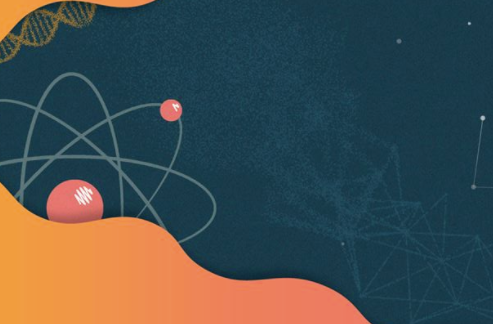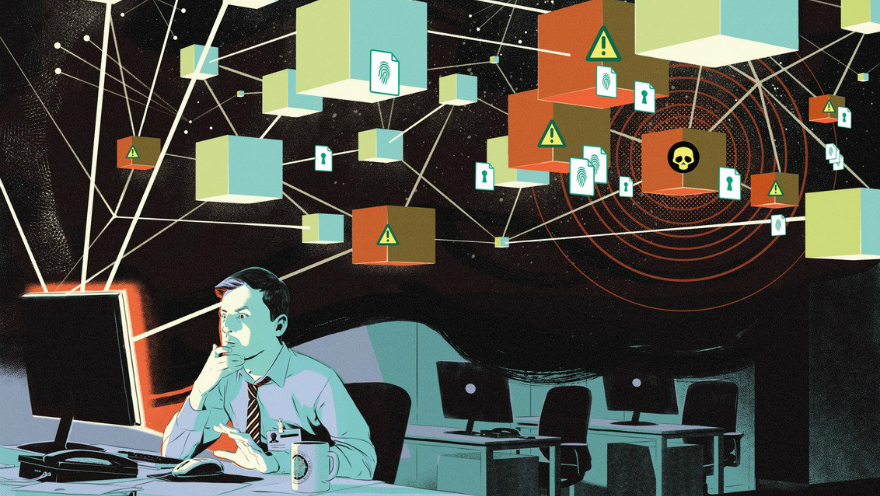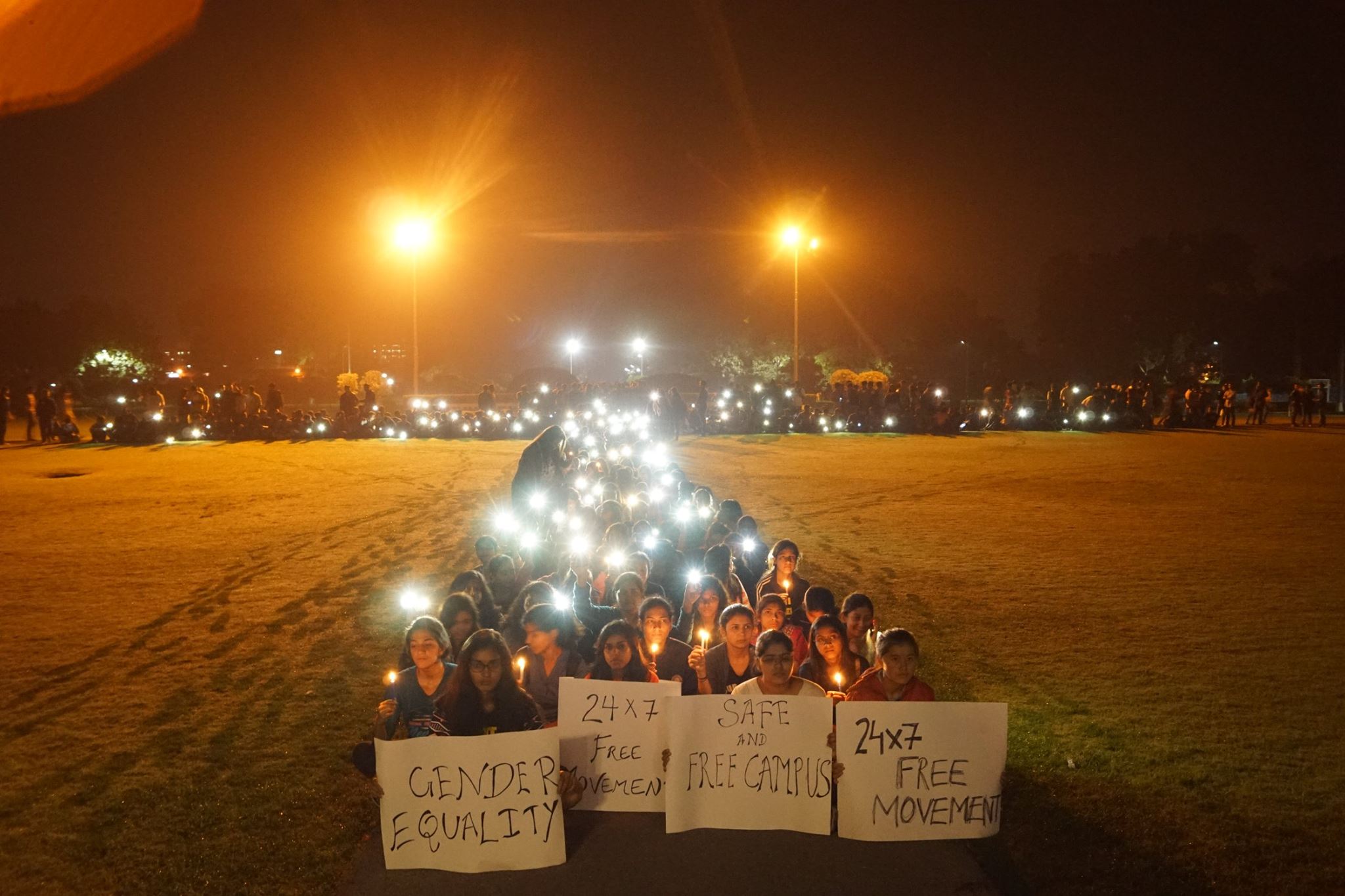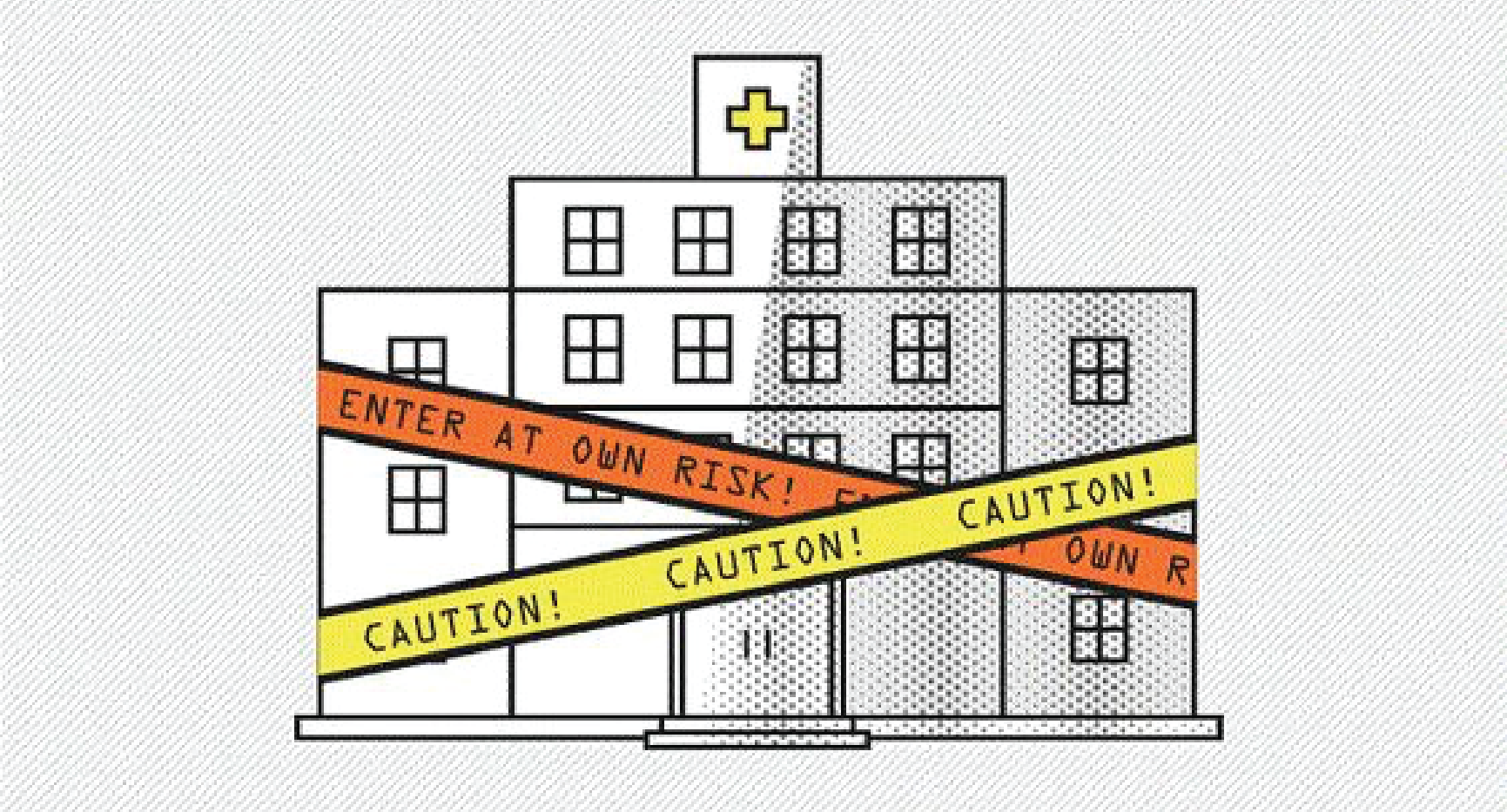

Body of IITR

While a student’s life revolves around juggling academics, sports and culturals, the aforementioned subjects face a lot of scrutiny and form the crux of casual discussions about life at IITR. As is the case with most things at IITR, various inadequacies come to the fore only after an unfortunate mishap. The recent scrutiny involving the curfew of girls and the inadequacy of the IITR hospital have seen the unearthing of many such shortcomings in the area of safety and security at IITR. Watch Out! digs deeper into a domain that is understated in its importance and as a result is oft overlooked.
Roorkee, being volatile by virtue of its inherent communal diversity, provides a challenge while securing the campus from various threats. The vicinal areas are purported to have a high crime rate and pent up tension. The campus of Roorkee, during the day, acts as a connecting link between parts of the town. However, a chat with the Security Officer, Mr. K.P. Singh reveals that the entire blame cannot be shifted onto IITR’s unfortunate locality. According to Mr. Singh, the challenge is as much internal as it is dependent on externalities.
The institute makes it mandatory for families of staff and faculty to possess colour coded dependent passes, with an aim of serving as an accountable measure of the people residing in the institute. But as is the case with most other rules of the land, there are always some who inadvertently find loopholes and flout the norms. This makes it very difficult to gauge the exact number of people using a single dependent pass. To quote Prof. D.K. Nauriyal, “We have servant quarters where if one is allotted, 8 dependents would stay there and we don’t know if they are actually dependents or not.”
Being aware of threats posed by such situations, the institute takes it upon itself to enforce certain restrictions which inevitably curb a student’s freedom of movement. The justifiability of such restrictions is arguable, with each side having its own merits and demerits.
Securing the campus is inextricably linked to extending various other facilities in the campus. Arguments against suspending the women’s timing restrictions are often quelled by citing the age old reasons of security and porosity of the campus. Under a budget of around 25 lakhs per month, IITR currently outsources the security to private security contractors.
Security being out of the jurisdiction of the SAC, the last SAC worked towards pushing a proposal for improving security in the campus, with an emphasis on the timing restrictions. The proposal intends to build on the recommendations of the Justice Verma Committee, which was constituted to look into the security of women after the brutal 2012 Delhi gang rape. The committee unequivocally stated that locking women up is not the solution to the security of women and that it is the prerogative of universities to provide for the security that enables women to exercise as much freedom as is guaranteed by the constitution. While one can’t help acknowledge the gravity of the obstacles to absolute security on campus, locking up adults well into their 20s seems rather short-sighted and primitive, as far as solutions go. “We’re not questioning the students’ judgement”, says Prof. D.K.Nauriyal, “Our only concern is their safety. There have been times when we’ve personally roamed around the campus and found lots of eve teasers. We rounded them up and took them to authorities. The moment we’re sure that our girls are safe, we’ll open it for 24x7 as we’ve no problem with that.”

The proposal acknowledges the porosity of the campus as one of the primary bottlenecks in achieving better security. This is in part to the fact that there are various public offices within the campus and partly due to unauthorised and unaccounted residents inside the campus. Proper documentation of vehicles as well as institute residents is suggested as a way to counter this challenge. The in place scheme of dependent cards is a sufficient measure if implemented thoroughly and documented comprehensively. This needs to be complemented with a similar scheme for vehicles. The proposal suggests defining “authorised vehicles” as a vehicle belonging to a faculty or employee of the institute and accompanied by a dependent card. Unauthorised vehicles would require the submission of ID Cards/Driving Licences before entering the institute.
The occurrence of eve teasing in the campus, despite all preventive measures, is lamentable. IITR has a relatively unknown and dormant body called the “Committee against Sexual Harassment (CASH)”. Its inactivity has essentially lead to all such cases being handled by the DOSW office. CASH is headed by Prof. Ritu Barthwal of the Biotech department and constitutes of various professors. However, students who encounter cases of eve teasing barely know of such a bureaucratic structure and do not resort to pursuing a complaint actively. To quote the DOSW, “It’s not dormant. But it’s activated only when there’s a complaint received. The point is that lots of complaints do not come to the committee. The moment we get a complaint we immediately forward them to the committee and there are actions.”
 The gathering in front of the main building
The gathering in front of the main building
After grappling with the administration’s nonchalance on the issue of the 11pm curfew on girls, the student body finally resorted to a peaceful protest against the rule. Students defied the deadline and gathered at the gates of Kasturba Bhawan, equipped with candles and banners, and started the march at 11 pm. An assembly of around 400 students was then led on towards the Main Building, ultimately proceeding towards the Hill View faculty residences where attempts for an audience with the Chief Warden, Kasturba Bhawan and the DOSW were made. The DOSW ultimately agreed to address the students gathered and this is what he had to say on the issue, “We are not indifferent to your problems. We need to look after the security of you students, especially girls.”He focused on the porosity of the campus, saying, “People go to CBRI, moving through the campus. You have NIH here. You have many spots like servant’s quarters and all that. All kinds of people come here.”
He added that they agree with the views of the students, in principle, but their only concern was security which they must ensure. The involved students then took up the matter with the MHRD through a letter. The MHRD in its response has appointed Prof. Pradeep Kumar, Department of Civil Engineering as the Nodal Officer for coordinating on the issue. However, the institute still waits for a decisive outcome to this issue.

As is the norm in Roorkee, many a critical issue is brought forth only after serious mishap. The unfortunate and tragic death of Anurag Sharma owing to an injury on the squash courts last year, opened the can of worms regarding the health care issues on campus. The mumbles of discontent have burst forth after this freak disaster. As unanimously agreed upon, it’s high time the medical facilities on campus were revamped to meet the standards one comes to expect of a premier institution. Following the incident, a special meeting of the SAC was called for, wherein myriad problems were brought forth regarding the institute hospital and the counselling cell.
Following multiple complaints regarding the dire state of affairs at the institute hospital, an assignment was undertaken to compare IITR’s facilities with sister IITs’. As expected, Roorkee’s paltry facilities are further dwarfed in contrast. The facilities available at other IITs are admirable. For instance, the pathology lab of IIT KGP has been awarded two citations for consistent quality maintenance. Most other IITs are well equipped with emergency rooms and advanced equipment like Multi Parameter Patient Monitor, ECG, Radiology and Pathology services. IITD stands out, having 24 hours ECG facilities and excellent emergency medical support.
The problems of the IITR hospital are twofold, with both the staff and equipment found lacking on several occasions. The complaints start right from the hostile reception one receives at the registration counter. The modus operandi calls for doctors to visit the hospital every time a student shows up with a medical issue. But the doctors tend to show a step motherly attitude towards their duties at the hospital, and consider it a necessary chore.
The location of the physiotherapy department on the 1st floor defies common sense. Adding to this, there are no wheelchair facilities for the injured or the aged. Questions have been raised regarding the hygiene on the premises, photos of algae in water cooler having created quite the uproar. The lack of specialists is a matter of serious concern. The hospital lacks basic monitoring equipment. The existing equipment, including X-ray and Ultrasonography machines are dysfunctional and unmanned. It’s no clairvoyance to predict an impending tragedy considering a widespread sports culture in the campus. The pathology lab lacks proper equipment and staff to execute basic tests like Vitamin B12, Vitamin D3, ANA, etc. The bed strength of the hospital can’t cater to the needs of the entire junta on campus. It’s a chilling realization that we are at the Lord’s mercy in case an epidemic breaks out, considering the dire absence of good hospitals in Roorkee. Ambulance service is sparse and slow, especially in cases of transferring students to medical units outside IITR.
In an interview with the CMO, he insists on the production of the medical booklet at the counter since it confirms the students’ contribution to the medical fund. He also berates the lack of discipline among the student community visiting the hospital and insists that they form queues and maintain decorum except in case of emergencies. Speaking about the problems that the hospital faces, he acknowledges the shortage of doctors and specialists. He confirms salary issues as a hindrance to hire a trained radiologist. He, however, assures us that the X-ray and ECG issues will be resolved, and informs us that, in a welcome step, lifts and wheelchairs are being planned.
In spite of all talks and promises, the situation has gone southwards. The administration plays the location card as their defence for the lack of facilities and trained personnel in the hospital. But the institute hospital, if properly developed, can turn its inopportune location to its advantage, and act as a focal point for healthcare in Roorkee. This will consequently attract qualified people. The current state of affairs in the hospital leaves much to be desired. The recent agitation and the subsequent discussions will hopefully pave the way for remedial actions. In the meanwhile, improved student participation and deliberations will surely act as a pressure point for the administration and lead to proper management of the medical fund.
A lot has been said on the same, and the issue of security and safety on campus has been up for debate for more than a decade now. But as far as definitive measures to solve these issues go, the admin has very little to show. The implementation of a lot of the above said changes could bring about a sea of change in the current state of safety on campus. Achieving this also calls for co-operation and understanding from the student body. It requires one to conduct themselves in a manner that does not put one in danger outside the campus while also working in cohesion with the security authorities.
The article features as a Big Story in our Autumn’16 print issue. The issue’s Cover Story delves into the roadblocks to having a truly meritocratic election at IITR along with an added Big Story analysing the limited academic flexibility offered at Roorkee. To read our previous issues visit: https://issuu.com/wona-iitr